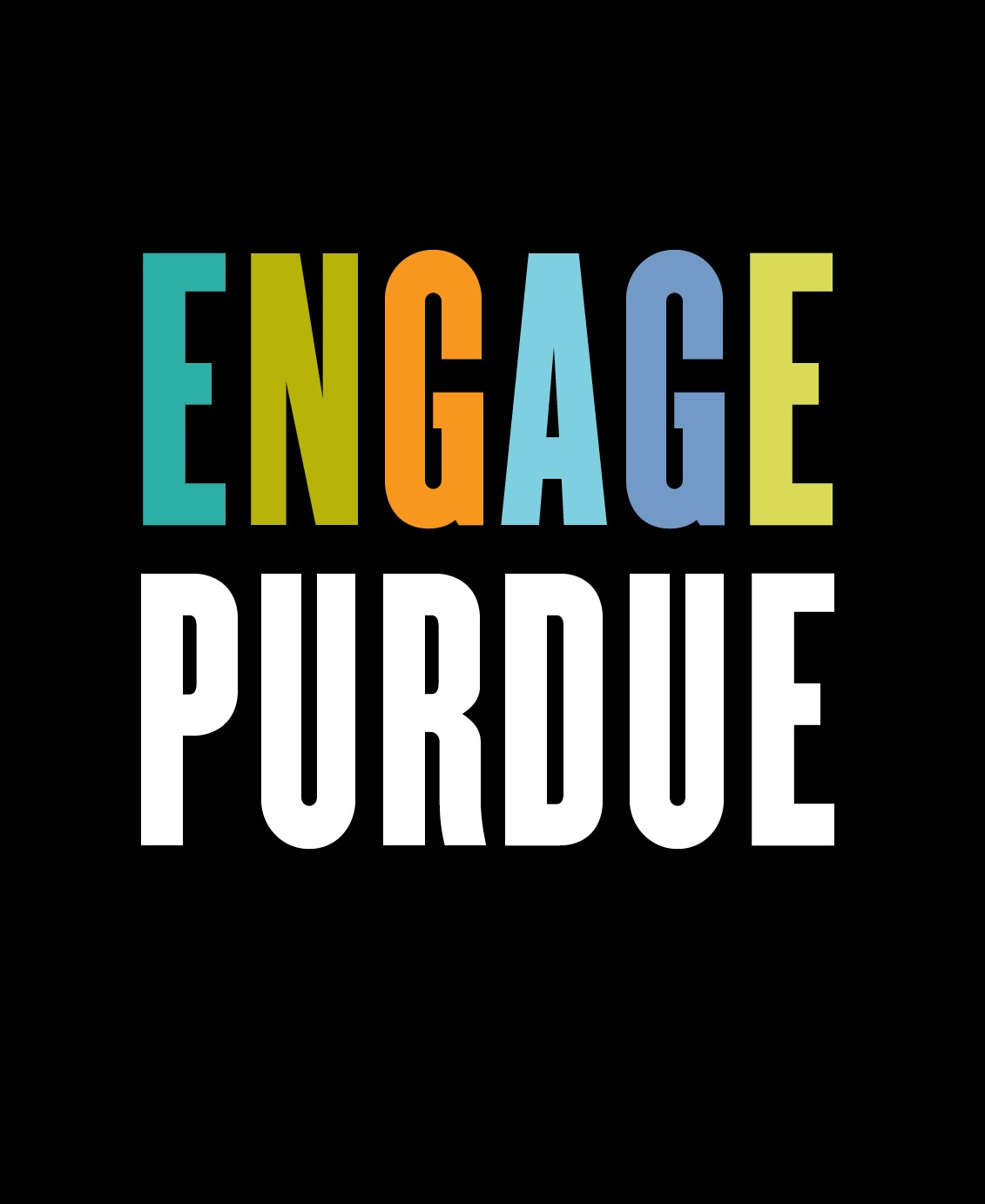Location
Purdue DLR
Description
Abstract
The purpose was to engage students in local communities to determine what types of medications commonly go unused, discover common medication disposal practices, gauge the public’s opinion on medication disposal, and collect unwanted medications.
Student pharmacists and a faculty mentor hosted 15 medication take-back events in conjunction with community partners, and administered a survey to participants exploring disposal practices, opinions and returned medication(s). Educational brochures on safe disposal methods were distributed to participants.
Four hundred and seventy-eight surveys were collected and 4,993 medications were identified and analyzed. The top three reasons for bringing medications to collection events included: medication expired, medication changed, and medical condition resolved. The average number of medications returned per person was 10, and the average number of years the product was expired was 4.8. Fifty-eight percent of medications returned were prescribed, 40% were purchased over-the-counter and 2% were veterinary medications. The top 3 drug categories collected were analgesics (26%), cough and cold products (16%), and anti-infectives (11%). The most commonly returned medication was the controlled substance hydrocodone/acetaminophen. Upon analysis of antibiotic prescriptions, patients consumed, on average, only 37% of anti-infective therapy. Approximately 98% of participants recognized that improper medication disposal is harmful to the environment, and 36% did not know where to take medications for proper disposal. Thirty-two percent throw medication in the trash, 28% report never having previously disposed of medications, and 25% flush medications down the toilet. A slight majority of participants were not willing to pay for medication disposal services.
Collection events provide opportunities for students to research disposal practices, provide education to the public, and eliminate unwanted and dangerous medications from homes and our environment.
Pharmacy Research on Medication Disposal Practices using Service-Learning
Purdue DLR
Abstract
The purpose was to engage students in local communities to determine what types of medications commonly go unused, discover common medication disposal practices, gauge the public’s opinion on medication disposal, and collect unwanted medications.
Student pharmacists and a faculty mentor hosted 15 medication take-back events in conjunction with community partners, and administered a survey to participants exploring disposal practices, opinions and returned medication(s). Educational brochures on safe disposal methods were distributed to participants.
Four hundred and seventy-eight surveys were collected and 4,993 medications were identified and analyzed. The top three reasons for bringing medications to collection events included: medication expired, medication changed, and medical condition resolved. The average number of medications returned per person was 10, and the average number of years the product was expired was 4.8. Fifty-eight percent of medications returned were prescribed, 40% were purchased over-the-counter and 2% were veterinary medications. The top 3 drug categories collected were analgesics (26%), cough and cold products (16%), and anti-infectives (11%). The most commonly returned medication was the controlled substance hydrocodone/acetaminophen. Upon analysis of antibiotic prescriptions, patients consumed, on average, only 37% of anti-infective therapy. Approximately 98% of participants recognized that improper medication disposal is harmful to the environment, and 36% did not know where to take medications for proper disposal. Thirty-two percent throw medication in the trash, 28% report never having previously disposed of medications, and 25% flush medications down the toilet. A slight majority of participants were not willing to pay for medication disposal services.
Collection events provide opportunities for students to research disposal practices, provide education to the public, and eliminate unwanted and dangerous medications from homes and our environment.



